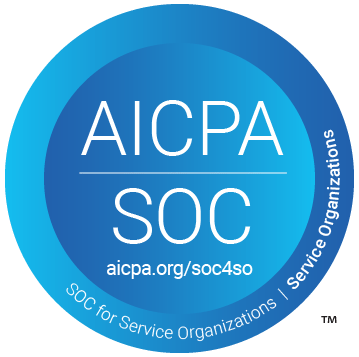In early 2020, we looked at the market for virtual engagement tools and saw a lot of potential for growth in the life science industry. Pharmaceutical and medical device companies were profitable, performing well, and embracing digital transformation – including increased adoption of virtual engagement platforms that instantly connected global stakeholders, shortened project timelines, and reduced time-to-market.
Then, COVID-19 happened.
While the pandemic didn’t change the trajectory for most life science companies – those pre-crisis tech investments set them up for continued growth – it did dramatically accelerate the pace of digital transformation and change the notion of what engagement looks like. Here are our predictions for life science virtual engagement in the year ahead.
More organizations will standardize their virtual engagement strategy
Remote work was trending up before the pandemic began, but it quickly became the norm for many people. Within3 clients were ready for this, but many other organizations turned to virtual engagement to keep their important projects moving once business travel was paused. Although leaders braced themselves for a dip in productivity, most discovered that their workforces could be just as efficient, if not more efficient while working from home. Now, executives believe that remote collaboration will be an enduring trend – and will be looking to standardize their virtual engagement infrastructure throughout regions and lines of business.
What we learned: As more people settle into WFH, more organizations will standardize virtual engagement as they recognize the need for a single platform across their global footprint.
Travel will return, but companies will be safe and selective
The availability of vaccines means that travel and live events will once again be possible. But leaders will think carefully about when and how to begin live meetings due to the logistical challenges of vaccine distribution and the need to deliver the first doses to vulnerable populations and essential workers. Some organizations will also re-prioritize carbon reduction initiatives, and the availability of data on the impact of reduced travel is likely to influence a shift to more virtual meetings and fewer long-haul flights. Furthermore, vaccine availability will almost certainly differ between regions and countries – even if live meetings occur, virtual options will probably still be needed to include stakeholders worldwide.
What we learned: Although we’re craving a return to face-to-face interaction, virtual engagement will continue to be a flexible, effective, and responsible choice.
Diversity will drive the need for virtual
As diversity and inclusion become increasingly important to organizations, leaders will look for ways to ensure more voices are heard. For life science companies, hearing from audiences that might otherwise be reserved in a face-to-face setting, such as nurses, young professionals, or patients, can be especially important. With baked-in tools like private questions, anonymous identities, separate virtual rooms, and language translation, virtual engagement can knock down traditional roadblocks and empower new voices to contribute.
What we learned: More voices can be heard in a virtual environment – and more voices mean more holistic feedback.
Content will dictate customization
In the early days of the crisis, teams used stopgap solutions to meet virtually, relying on tools already in place to keep things moving. But as travel restrictions and lockdown measures continued, it became clear that day-to-day web conference software and direct messaging weren’t enough to handle the complexity and variety that life science meetings and events demand. Organizations will continue to turn to platforms that provide the most flexibility regarding how meeting content can be presented and consumed and those with strong client support to provide guidance and best practices.
What we learned: Connecting with colleagues and customers for quick interactions is easier than ever, but life science engagements require creativity and a consultative approach for optimum results.
To get our best practices on using asynchronous engagement as part of a broader insights management strategy, download our white paper. You can also read a case study to understand how hybrid virtual events – with live and asynchronous elements – get better results.






